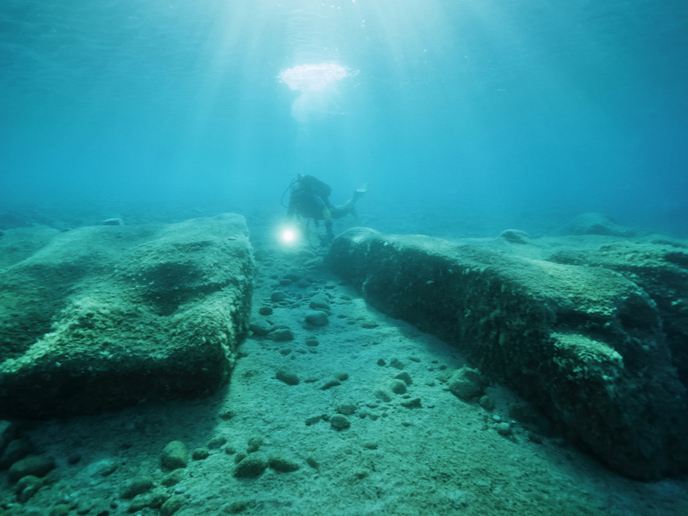New technology brings Europe’s underwater cultural heritage to life
Europe’s unique cultural heritage and history isn’t limited to dry land – it can be found underwater too. Whether it be an ancient Roman resort, the wreck of a trading ship or sunken treasures, the sea floors are often littered with unique cultural artefacts. Unfortunately, because they sit at the bottom of the sea, these sites have been grossly underappreciated by the public. “No matter how important an underwater cultural heritage site may be, even if you are a professional diver, most of it is inherently unreachable,” says Dimitrios Skarlatos, an associate professor of civil engineering and geomatics at the Cyprus University of Technology(opens in new window) and iMARECULTURE project coordinator. By leveraging new immersive technologies like augmented and virtual reality, the EU-funded iMARECULTURE project is helping make Europe’s underwater cultural heritage more accessible to the general public.
Enhancing underwater visits
According to Skarlatos, the project sets out to not only make underwater cultural heritage more tangible, but also educate the public – and divers as well – about why properly preserving this unique heritage is important. As to the latter, the project developed an innovative augmented reality underwater tablet that serves as a virtual guide. The device enhances visits to these sites and explains the importance of ensuring their preservation. Take for example the sunken city of Baiae. Some 2 000 years ago, this was a fashionable Roman resort. Today its luxurious villas sit on the sea floor just off the coast of Naples. “The iMARECULTURE tablet makes a dive to this site even more engaging by providing 3D renderings of what these ruins would have looked like back in Roman times,” explains Skarlatos. “Using these augmented reality renderings, the diver can virtually explore the ancient city of Baiae in its past splendour.” Skarlatos notes that once fully developed, the tablet will offer several promising applications. In addition to enhancing underwater visits, it could also be used as a scientific tool, allowing underwater researchers of any discipline to take notes and geo-position photos and the locations of new discoveries, or superimpose information about a specific find in real time. “The possibilities are really endless,” adds Skarlatos.
Igniting our curiosity
As to the general public, the project uses virtual reality as a valorisation tool to make underwater sites more accessible via virtual visits, serious games and interactive museums. These so-called ‘dry visits’ are then made available via mobile phones, virtual reality headsets, holographic screens and more. “Using captured images, data and videos, the general public can explore such unique underwater sites as the Xlendi and Mazotos shipwrecks without ever leaving land,” says Skarlatos. “There’s even a feature that lets the viewer experience what these sites would look like if they were scuba diving.” Project researchers are currently exploring how to best add new sites to the virtual reality visits. “People are naturally attracted to the unknown and out-of-reach places,” says Skarlatos. “With the help of emerging technologies, we can convert this curiosity into a passion for preserving Europe’s plethora of cultural heritage sites – both those on land and under the sea.”







